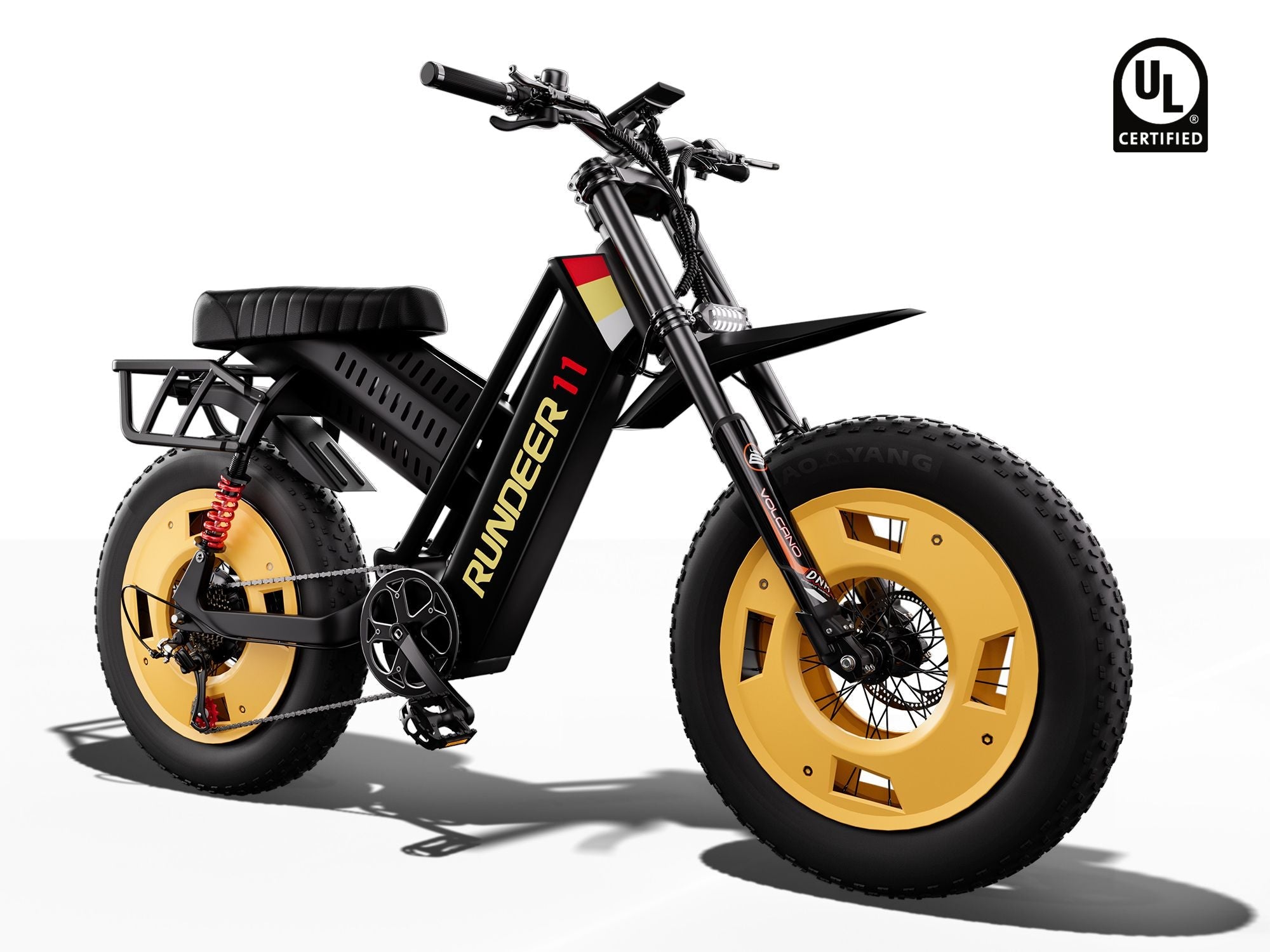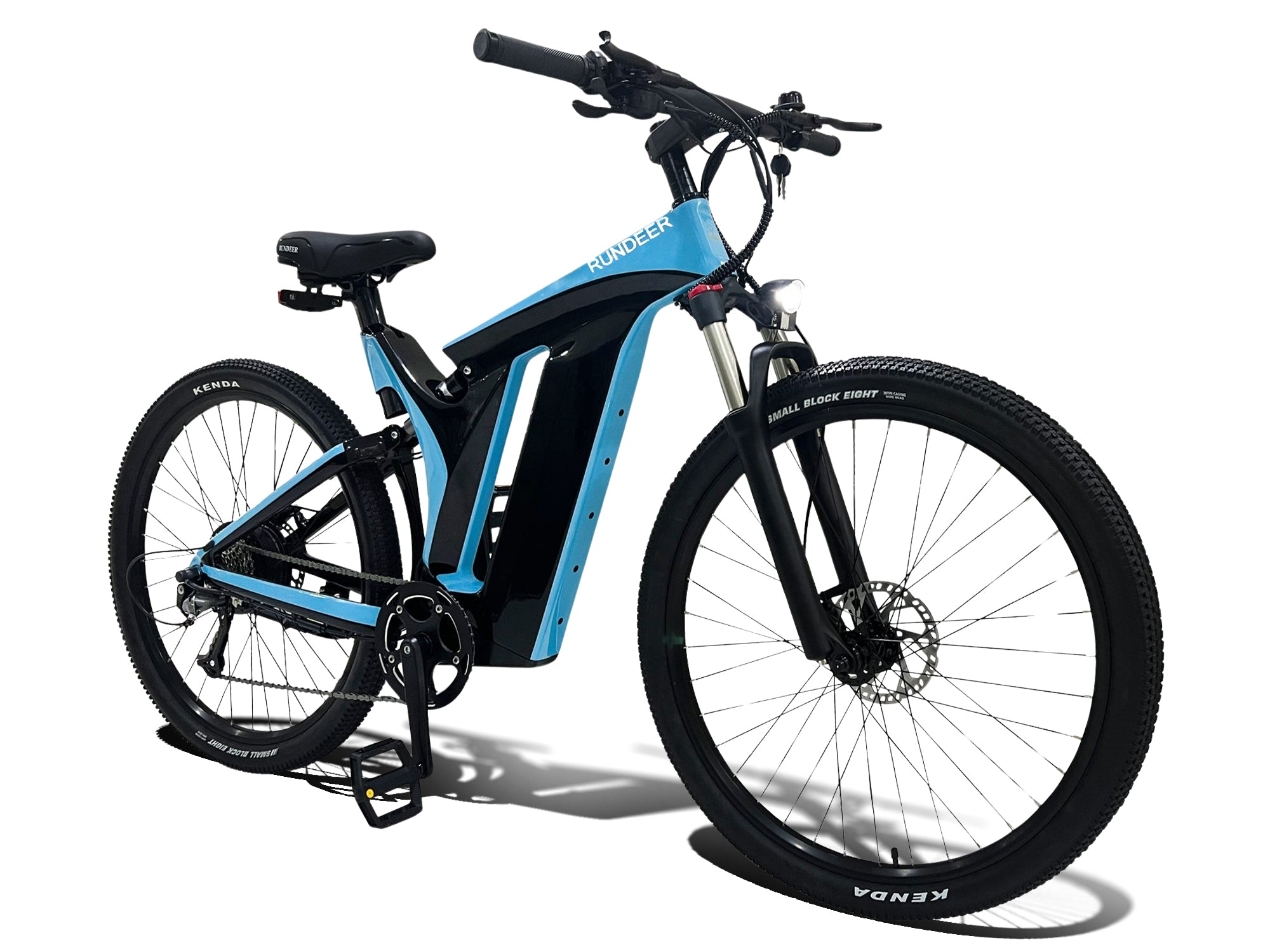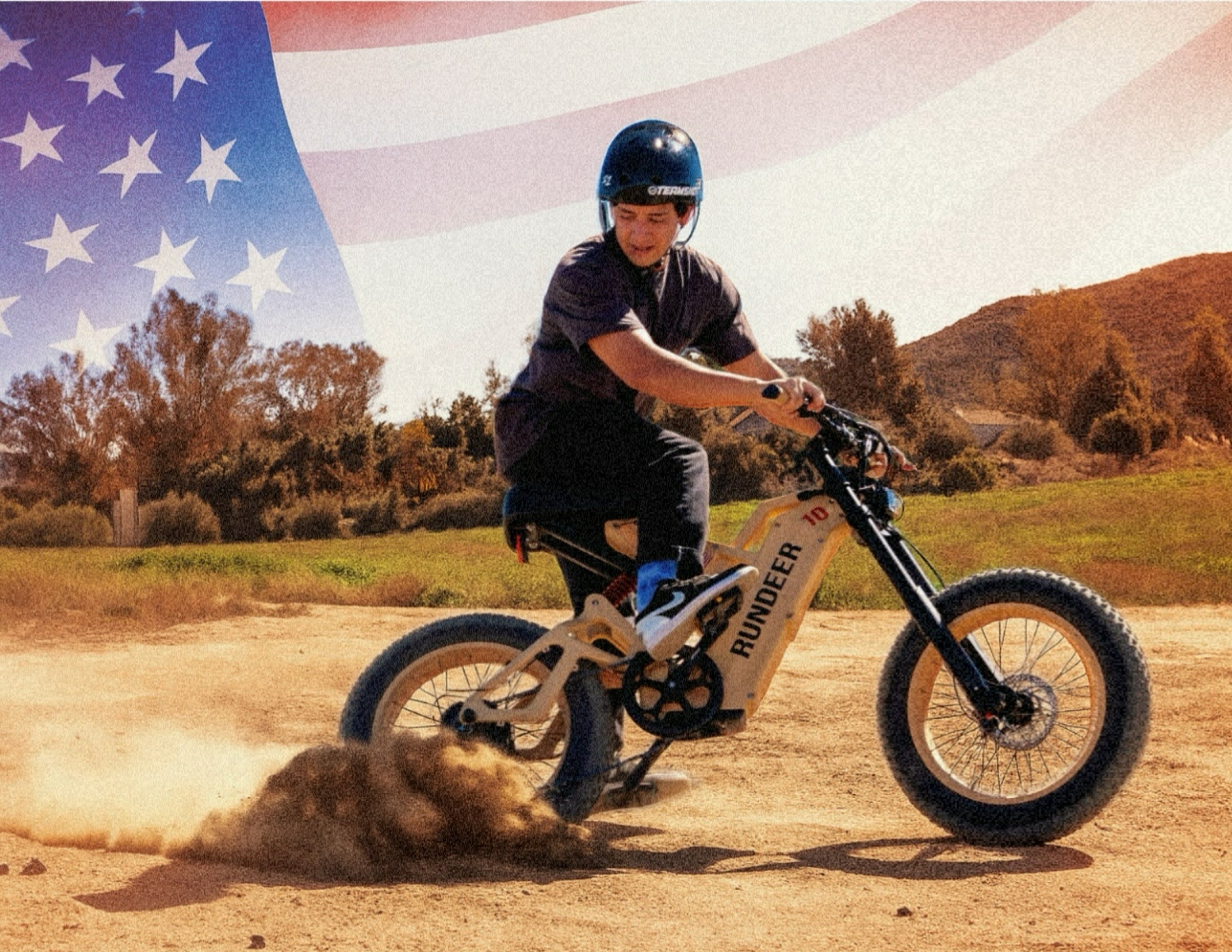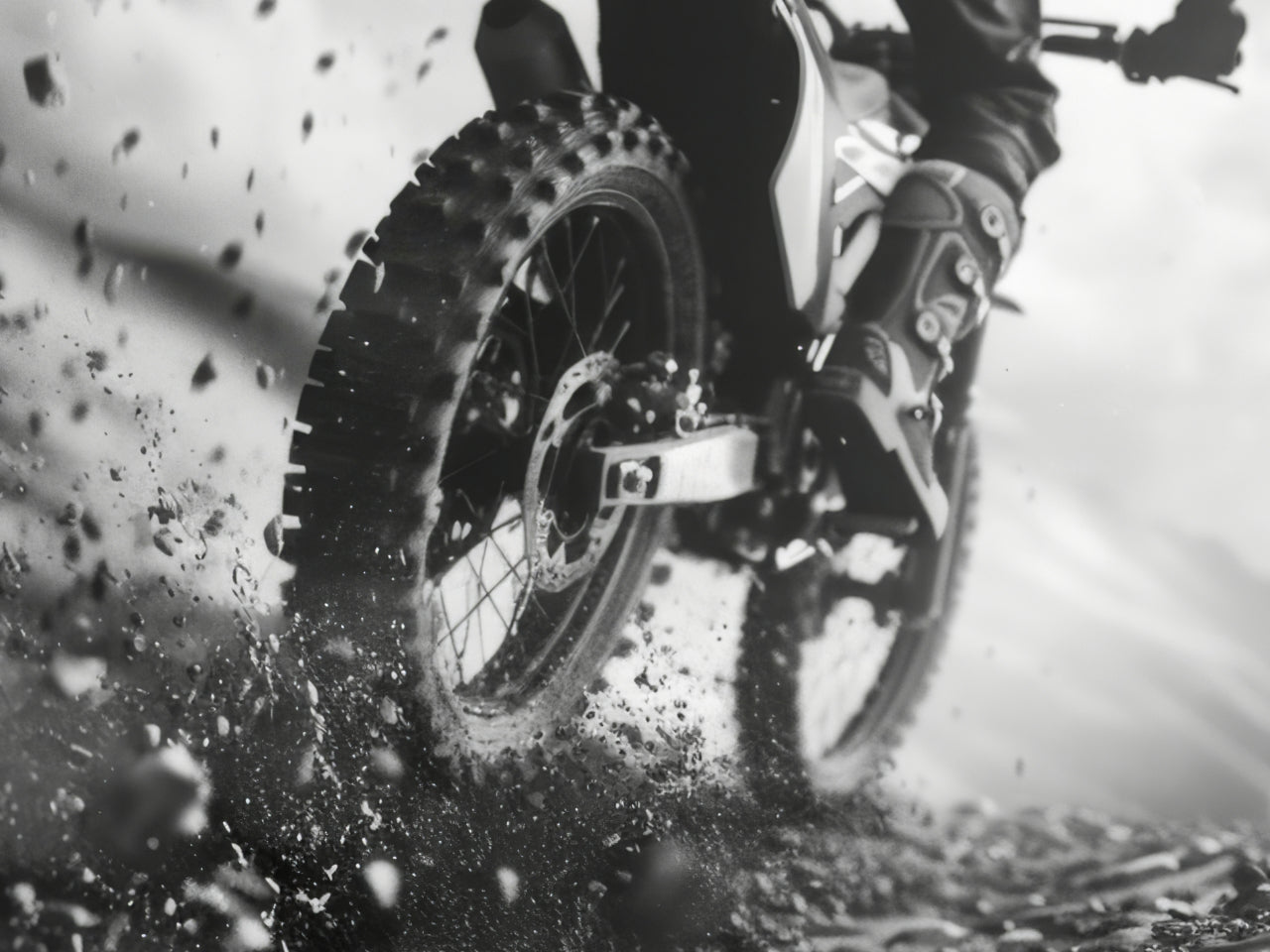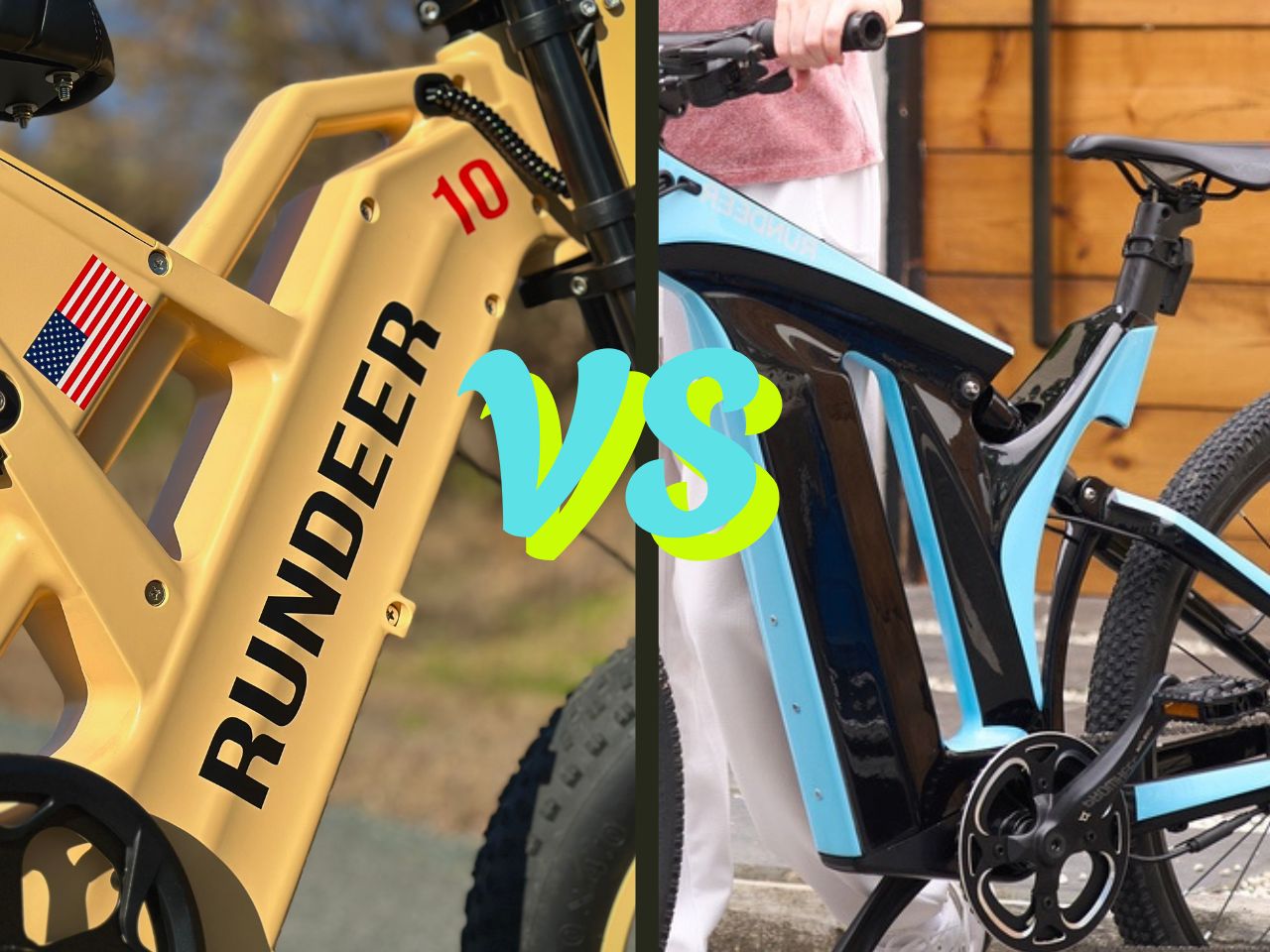Imagine a red sunset over a clear mountain lake, the quiet sound of your e-bike, and just nature ahead of you. E-bike camping is a great mix of being good to the environment and having a real adventure. It lets you see amazing places in North America that you can't get to by car, and that would be too hard to reach on a regular bike.
Why E-Bike Camping Creates Magical Outdoor Experiences
What makes e-bike camping so great? It's all about freedom. The mix of using your own power and the electric motor is perfect. You go fast enough to see a lot, but slow enough to enjoy the hawk flying above or the flowers in a secret field. Regular bike trips can be tough because you only have your legs to rely on, especially with camping gear. But e-bikes change that, letting more people have adventures, no matter how fit they are.
The motor helps you get up hills easily, and it also opens up new possibilities. Trips that seemed too hard are now weekend getaways. That faraway mountain lake? You can get there. That campsite deep in the woods? Easy.
E-bikes are also great at carrying stuff. With bags on the sides, the frame, and maybe a small trailer, these bikes can carry a lot of gear. You can bring your tent, sleeping bag, cooking stuff, and more, all while still having a good ride.

Selecting Your Perfect E-Bike Camping Companion
Not all e-bikes are the same, especially when you're thinking about the different landscapes in North America. Pick an e-bike that fits the kind of places you'll be riding and the weather you'll be dealing with.
If you're mostly going off-road in mountains and forests, get an e-bike with suspension on both the front and back wheels and strong tires. The suspension helps you handle rough ground and keeps you from getting too tired, while the wider tires (2.4 inches or more) give you better grip and make the ride smoother.
If you're going on roads, gravel, and easier trails, a hardtail e-bike (suspension only on the front wheel) is a good choice. These bikes are usually lighter than the full-suspension onesz, but they still make the ride comfortable for your hands and wrists.
Think carefully about the battery. For camping, it's more important to have a long-lasting battery than a super powerful one. Look for batteries that are at least 500-700Wh, which should let you ride for 40-70 miles with the motor helping you. But keep in mind that this can change a lot depending on:
- Hills (they use up the battery faster)
- How much you weigh
- How much the motor is helping
- The weather (cold weather makes the battery less efficient)
- How much gear you're carrying
Where the motor is located also matters. Mid-drive motors, which are near the pedals, balance the weight well and give you power in a natural way. Hub motors, usually on the back wheel, are simpler and often cheaper.
What to Pack for E-Bike Camping: Smart & Light
To have a great e-bike camping trip, you need to bring just the right amount of stuff – not too much, not too little. Here's how to do it:
Sleeping Gear
You'll need a light tent for backpacking, a sleeping bag that's good for the weather you expect, and a pad you can blow up to sleep on. Try to find gear made for bikepacking, which is usually smaller than regular camping stuff.
Cooking Gear
Keep it simple: a small stove, one pot, a spork (spoon and fork in one), and a cup that folds up should be enough. Plan your meals ahead of time and choose light foods that have a lot of calories and are easy to make with water.
Clothes
Wear layers instead of big, bulky clothes. A layer that keeps sweat away from your skin, a warm middle layer, and a waterproof jacket should work for most weather. Also, bring a set of dry clothes just for when you're at the campsite.
Bike Gear
Don't forget important things for your bike, like a multi-tool, an extra tube, tire levers, a pump you can carry, chain lubricant, and basic parts for fixing the bike. You'll also want a phone holder that attaches to the handlebars for maps and bright lights that you can recharge to stay safe.
Power Management: The Heart of E-Bike Camping Success
Keeping your battery charged is the most important thing when you're camping with an e-bike. Here's how to make your battery last longer:
Switch between using the motor and using your own power. Save the battery for when you really need it. Use less motor power on flat roads and more power when you're going up hills or fighting the wind. When you're going downhill, turn the motor off and let gravity do the work.
If you're going on a trip that lasts for several days and you're not sure if you'll be able to charge your battery, here are some ideas:
A solar panel that folds up (15-28W) can be attached to your bags or a trailer to charge your battery when you stop during the day. Portable power banks can also be helpful, although they add extra weight. For longer trips, some people bring an extra battery and switch to it when the first one runs out.
Before you leave, find out where you can charge your battery along the way. Campgrounds, visitor centers, coffee shops, and libraries often have outlets you can use. Always bring your charger and any adapters you might need.

Navigating the E-Bike Camping Wilderness
Navigation presents unique challenges when exploring remote areas. Redundancy provides peace of mind – never rely on a single navigation method.
GPS cycling computers offer dedicated features for route planning and battery-efficient operation. Smartphone apps with downloadable offline maps serve as excellent primary or backup navigation tools. Always carry physical maps covering your route as electronics can fail.
Before departing, study your planned route carefully, noting potential water sources, camping options, and bailout points if weather turns or mechanical issues arise. Share your detailed itinerary with someone trustworthy, including expected check-in times.
E-Bike Camping Techniques for Varied Terrain
E-bike handling differs from traditional cycling, especially when loaded with gear. Practice makes perfect – take your fully-loaded setup for test rides before embarking on longer journeys.
When tackling steep climbs, shift to lower gears despite the assist, maintaining a moderate cadence rather than mashing pedals. Position your weight forward to keep the front wheel planted. For loose surfaces, reduce tire pressure slightly for improved traction, but not so much that you risk rim damage.
On technical descents, stand with pedals level, knees and elbows bent to absorb impacts. Let the suspension do its work while maintaining a relaxed grip on the handlebars. Brake before corners rather than during them.
E-Bike Camping Safety: Preparing for Anything
Remote areas mean self-sufficiency becomes paramount. Always carry:
- Comprehensive first-aid kit including prescription medications
- Emergency communication device (satellite messenger recommended for areas without cell service)
- Weather-appropriate emergency shelter (emergency bivy at minimum)
- Water purification method (filter or chemical treatment)
- Extra food (at least one day's worth beyond planned trip length)
- Basic fire-starting equipment
Weather conditions in North America can change dramatically, even in summer. Check forecasts obsessively before departure and remain flexible – sometimes waiting out severe weather proves wiser than proceeding.
Wildlife encounters require preparation too. Research the specific animals native to your destination and appropriate response strategies. In bear country, carry approved deterrent spray and know proper food storage techniques.
Your E-Bike Adventure Awaits!
E-bike camping offers an unparalleled blend of adventure, accessibility and connection with North America's stunning landscapes. The journey becomes as meaningful as the destination – each pedal stroke bringing new discoveries and the satisfaction of self-powered travel. With proper planning, the right equipment, and a spirit of adventure, incredible experiences await just beyond the pavement. Charge your battery, pack your panniers, and discover what lies around the next bend – the open trail is calling.

